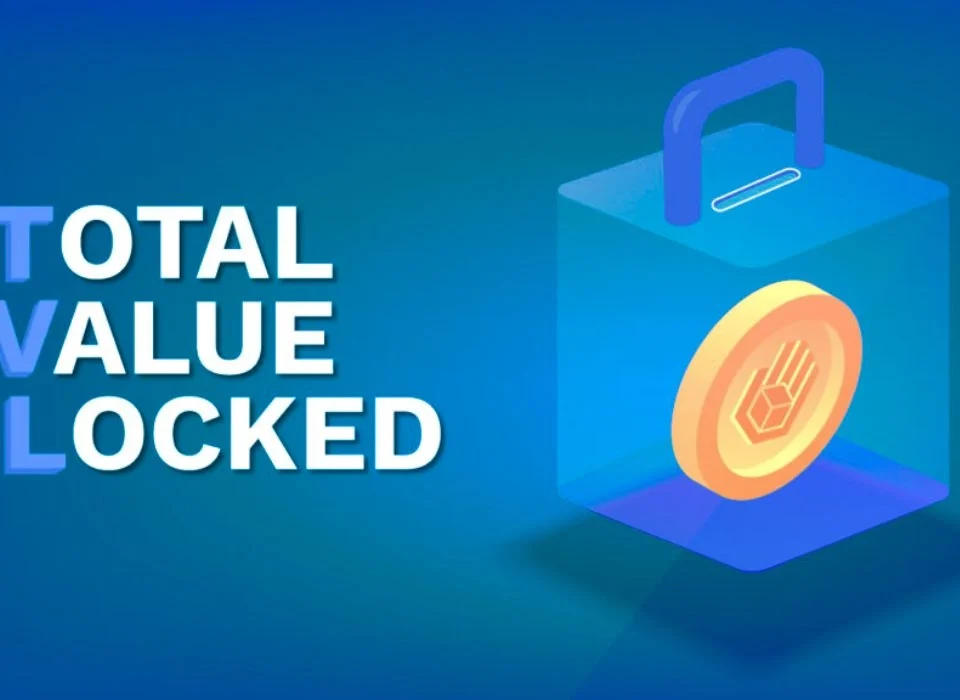
How to Participate in Yield Farming
23/05/2024
Telegram ‘Mini Apps’ Skyrocket with Web3 Games Adding Millions of Users Daily
23/05/2024How to Use Crypto Analytics Tools
The cryptocurrency market is dynamic and often volatile, making it crucial for investors and traders to stay informed and make data-driven decisions. Crypto analytics tools are indispensable for this purpose, providing insights into market trends, trading volumes, historical data, and more. This article will guide you through the process of using crypto analytics tools, their benefits, and how to choose the right ones for your needs.

Understanding Crypto Analytics Tools
Crypto analytics tools are platforms or software applications designed to analyze cryptocurrency market data. These tools help users track price movements, trading volumes, market capitalization, and other key metrics. They also offer advanced features like sentiment analysis, on-chain analysis, and predictive analytics, which are essential for making informed investment decisions.
Benefits of Using Crypto Analytics Tools
- Data-Driven Decisions: These tools provide comprehensive data that can help you make informed investment decisions based on market trends and historical data.
- Market Insights: Gain insights into market dynamics, including price movements, trading volumes, and investor sentiment.
- Risk Management: Identify potential risks and opportunities, allowing you to manage your investments more effectively.
- Efficiency: Save time by using tools that aggregate and analyze data from multiple sources.
- Competitive Edge: Stay ahead of the competition by leveraging advanced analytics and predictive models.
Key Features of Crypto Analytics Tools
- Real-Time Data: Access up-to-date information on prices, volumes, and market trends.
- Historical Data: Analyze past performance to identify patterns and trends.
- Technical Analysis: Utilize charts, indicators, and other tools to perform technical analysis.
- On-Chain Analysis: Monitor blockchain activity to gain insights into transaction volumes, address activity, and more.
- Sentiment Analysis: Gauge market sentiment by analyzing social media, news, and other sources.
- Portfolio Tracking: Keep track of your investments and their performance over time.
- Alerts and Notifications: Set up alerts for specific price movements, volume changes, and other events.
Popular Crypto Analytics Tools
- CoinMarketCap: One of the most widely used crypto analytics platforms, offering real-time data on prices, volumes, market capitalization, and more.
- CoinGecko: Provides comprehensive data on a wide range of cryptocurrencies, including price charts, market data, and social media activity.
- Glassnode: Specializes in on-chain analysis, offering insights into blockchain activity, transaction volumes, and network health.
- CryptoCompare: Offers detailed market data, portfolio tracking, and tools for technical analysis.
- Santiment: Focuses on sentiment analysis, providing data on social media activity, news sentiment, and market psychology.
How to Use Crypto Analytics Tools: A Step-by-Step Guide
- Choose the Right Tools Start by selecting the crypto analytics tools that best suit your needs. Consider factors such as the type of data you need, the features offered, and your level of expertise. For example, beginners might prefer user-friendly platforms like CoinMarketCap or CoinGecko, while more advanced users might opt for Glassnode or Santiment.
- Set Up an Account Once you have chosen your tools, set up an account on the platform. This process typically involves providing an email address, creating a password, and verifying your identity.
- Familiarize Yourself with the Interface Take some time to explore the platform’s interface and features. Most crypto analytics tools offer tutorials or guides to help you get started. Familiarize yourself with the dashboard, charts, and other key features.
- Track Prices and Volumes Use the platform to track the prices and trading volumes of your preferred cryptocurrencies. Look for trends and patterns in the data to identify potential investment opportunities.
- Perform Technical Analysis Utilize the platform’s technical analysis tools, such as charts and indicators, to analyze price movements and make predictions. Common indicators include moving averages, Relative Strength Index (RSI), and Bollinger Bands.
- Monitor Market Sentiment Use sentiment analysis tools to gauge the mood of the market. This can include analyzing social media activity, news sentiment, and other sources of information. Positive sentiment can indicate a potential price increase, while negative sentiment might suggest a decline.
- Conduct On-Chain Analysis For deeper insights, perform on-chain analysis to monitor blockchain activity. Look at metrics such as transaction volumes, active addresses, and network health to understand the underlying activity on the blockchain.
- Track Your Portfolio Use the platform’s portfolio tracking features to keep an eye on your investments. Monitor your portfolio’s performance over time and make adjustments as needed based on the data provided by the analytics tools.
- Set Up Alerts and Notifications Stay informed by setting up alerts and notifications for specific events, such as price movements, volume changes, or significant news. This will help you react quickly to market changes and make timely decisions.
- Stay Updated with News and Trends Use the platform’s news aggregation features to stay updated with the latest developments in the cryptocurrency market. Follow news from reputable sources and keep an eye on trending topics that might impact your investments.
Advanced Strategies for Using Crypto Analytics Tools
- Combining Multiple Tools For a more comprehensive analysis, consider using multiple crypto analytics tools. Each platform may offer unique features and insights, and combining them can provide a more complete picture of the market.
- Backtesting Strategies Use historical data to backtest your trading strategies. This involves applying your strategy to past data to see how it would have performed. This can help you refine your approach and increase your chances of success.
- Leveraging Predictive Analytics Some advanced platforms offer predictive analytics features that use machine learning and AI to forecast future price movements. Incorporate these predictions into your investment strategy, but remember to use them as one of many tools in your decision-making process.
- Participating in Community Discussions Engage with the community on forums, social media, and within the analytics platforms themselves. Sharing insights and discussing strategies with other users can provide valuable perspectives and enhance your understanding of the market.
Conclusion
Crypto analytics tools are essential for navigating the complex and volatile cryptocurrency market. By providing real-time data, historical analysis, technical indicators, and sentiment insights, these tools enable investors and traders to make informed decisions. Whether you are a beginner or an experienced trader, leveraging the right crypto analytics tools can enhance your investment strategy and help you achieve better results. Stay informed, continuously learn, and adapt your approach as the market evolves to maximize your success in the world of cryptocurrencies.
Links:
Bitcoin
Learn Cryptocurrency
Ethereum
Game Token
DeFi
-
How to Use Crypto Analytics Tools
How to Use Crypto Analytics Tools The cryptocurrency market is dynamic and often volatile, making it crucial for investors and traders to stay informed and make […]




